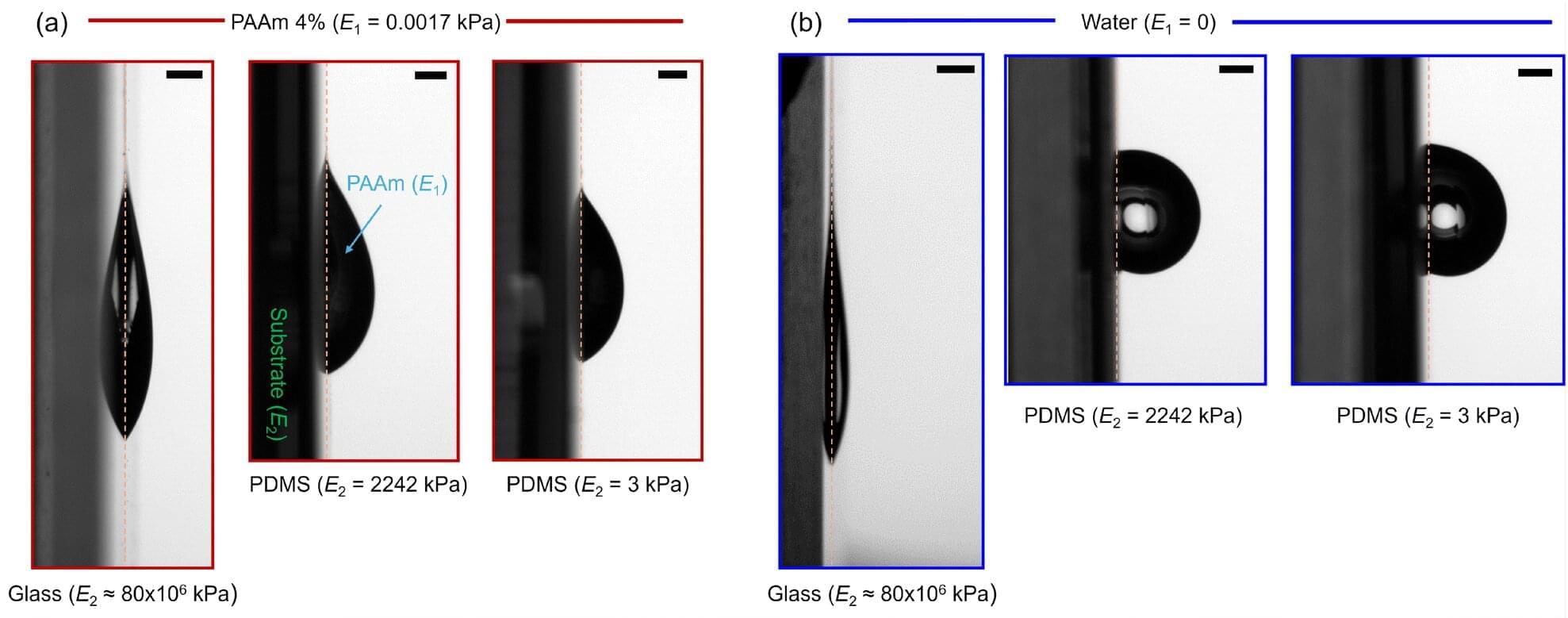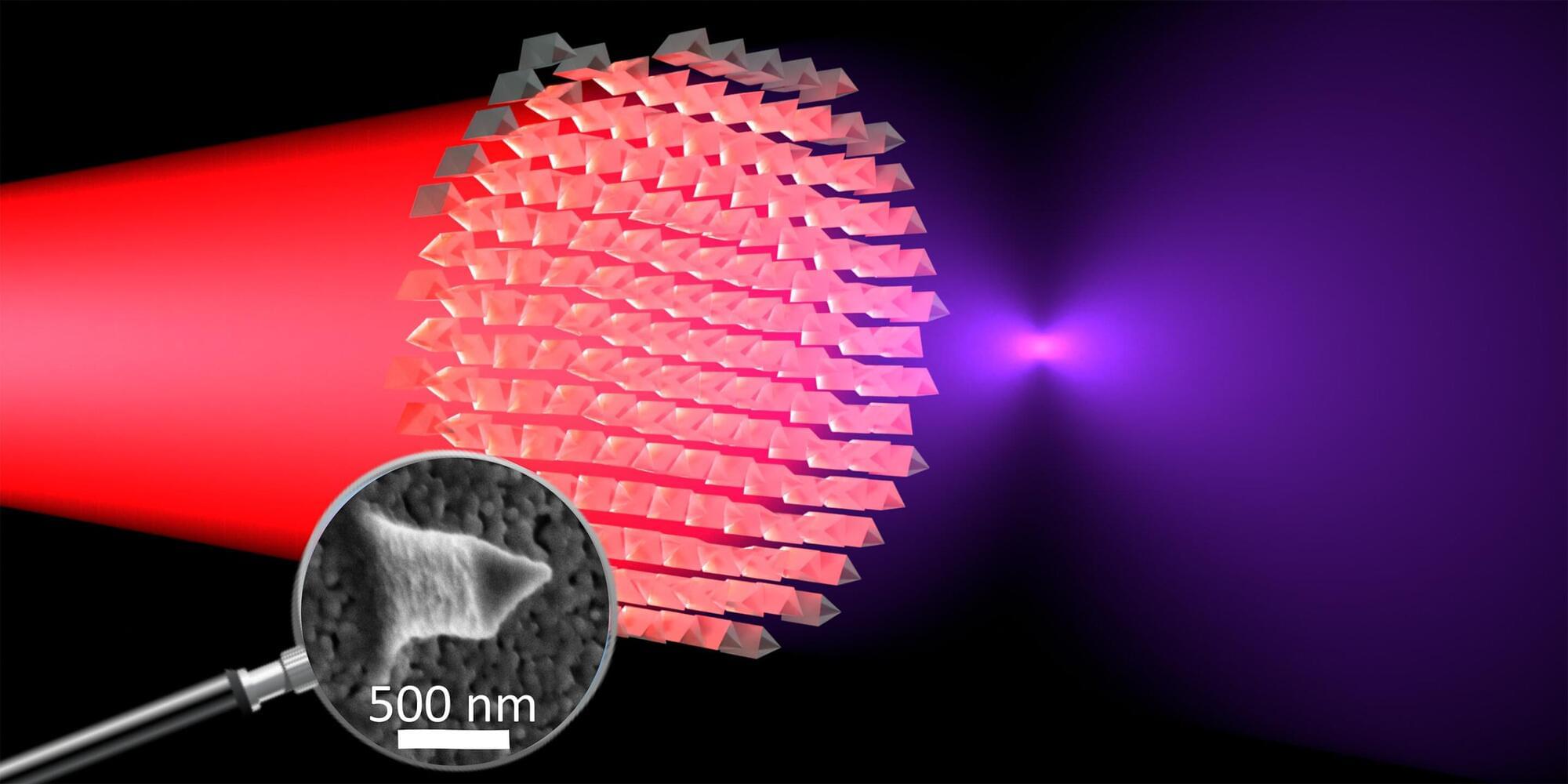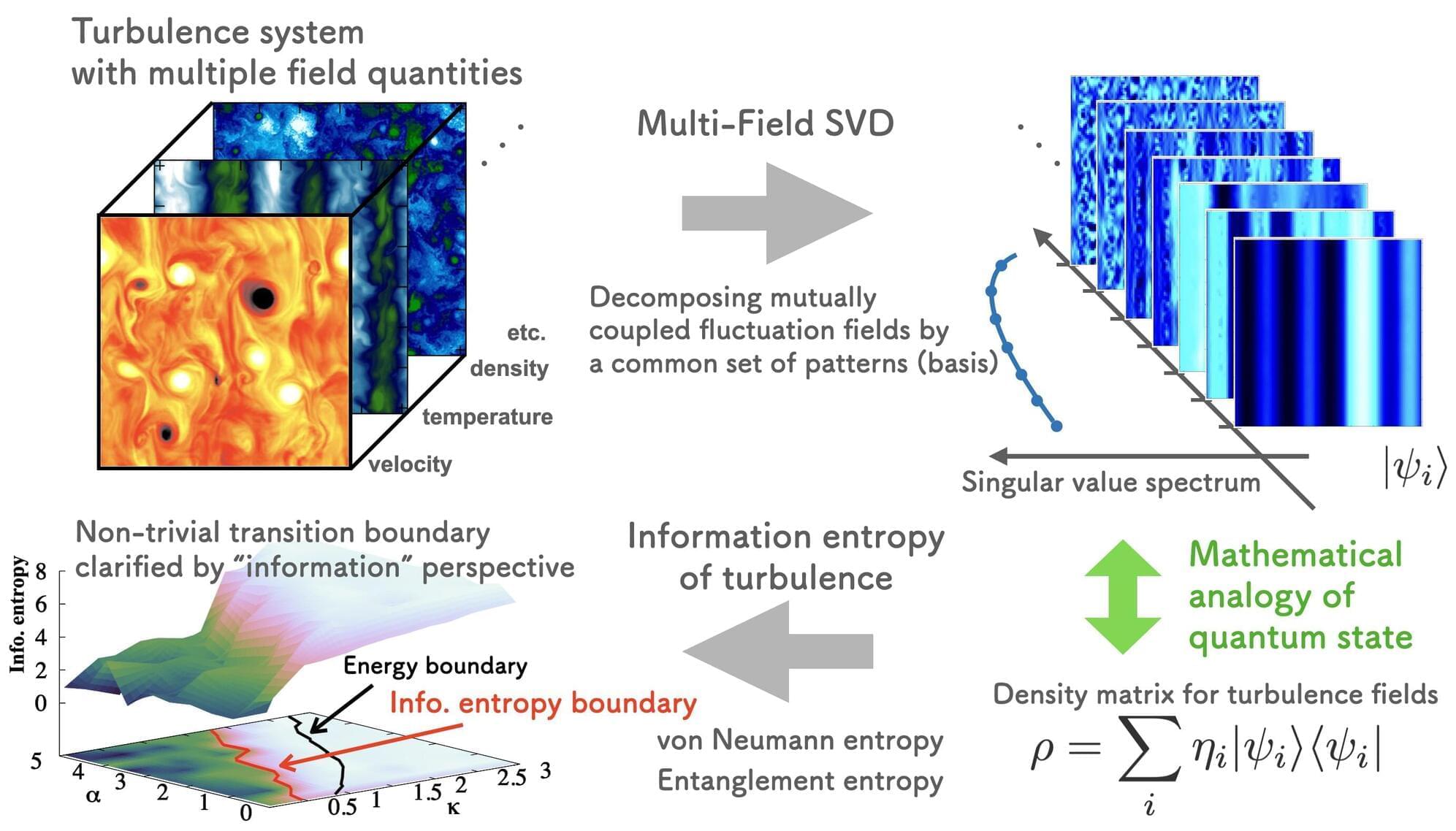Based on time-series photometry from three different telescopes, an international team of astronomers has performed a detailed asteroseismology study of WD J0049−2525—the most massive pulsating white dwarf. The study, published May 22 on the arXiv pre-print server, resulted in the detection of new pulsation modes of this white dwarf.
White dwarfs (WDs) are stellar cores left behind after a star has exhausted its nuclear fuel and represent the final evolutionary stage for the vast majority of stars. Observations show that most WDs have primary spectral classification DA as they exhibit hydrogen-dominated atmospheres. However, a small fraction of WDs showcases traces of heavier elements.
In pulsating WDs, luminosity varies due to non-radial gravity wave pulsations within these objects. One subtype of pulsating WDs is known as DAVs, or ZZ Ceti stars, which have only hydrogen absorption lines in their spectra.









